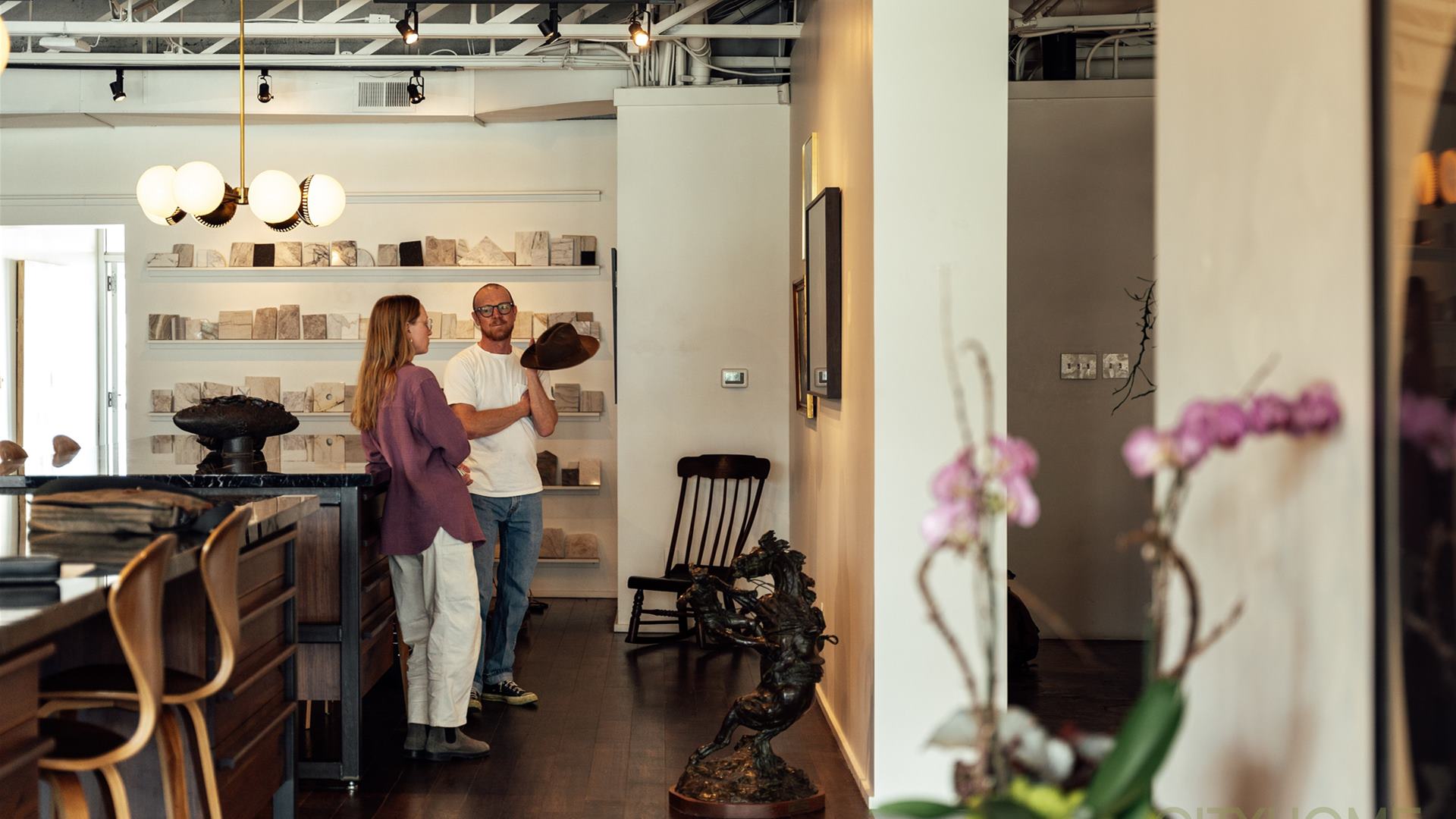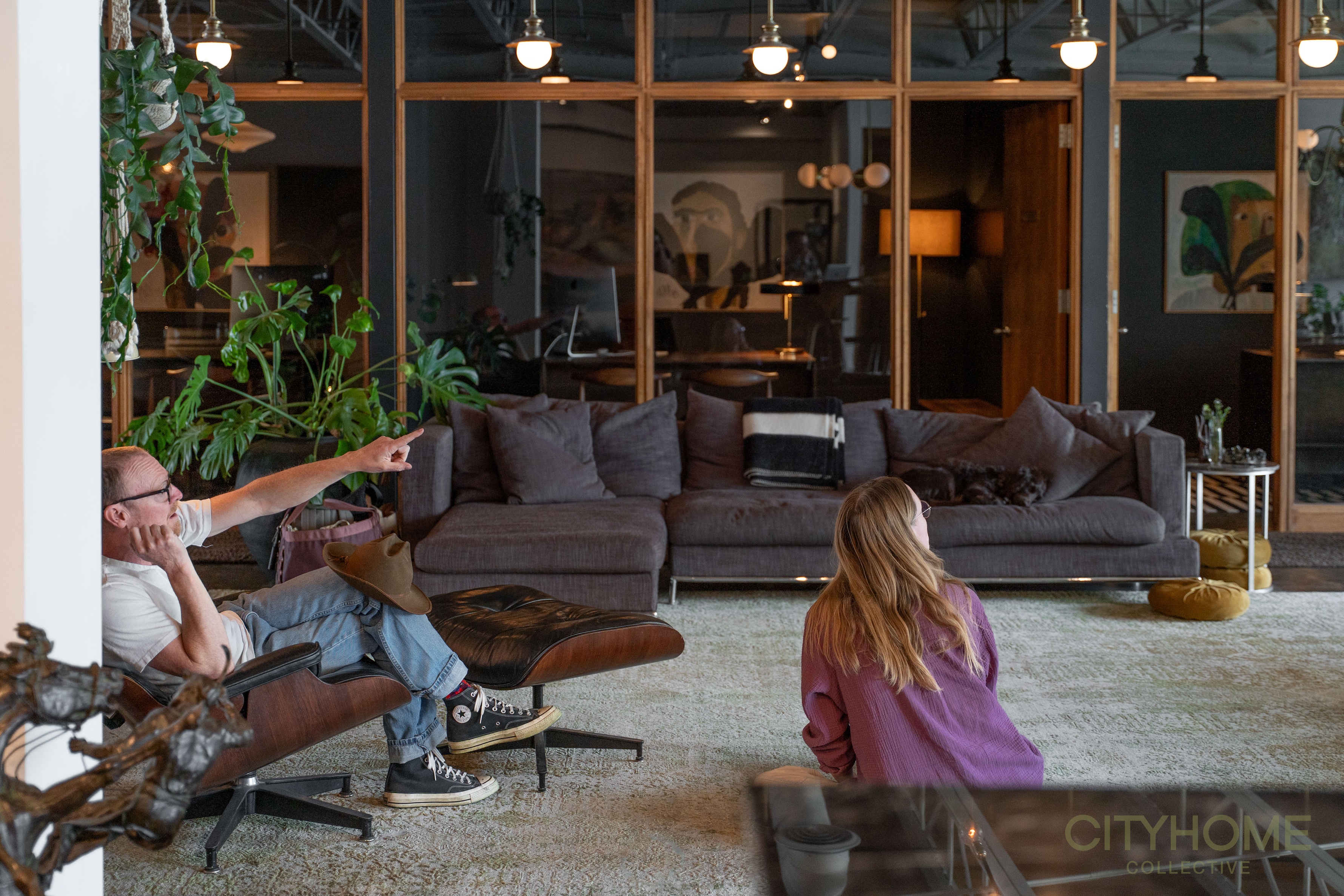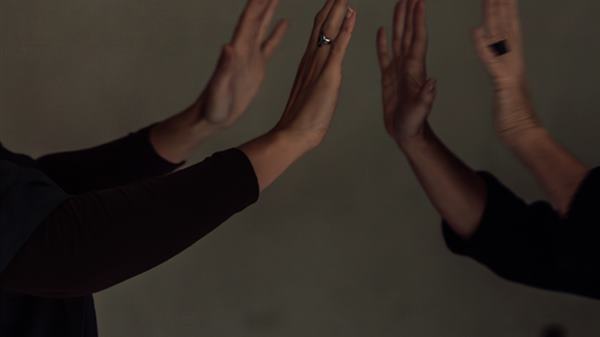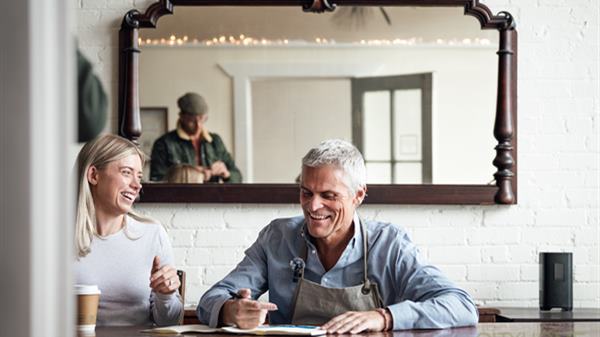What are the most important design choices when it comes to making a house your home? Comfortable, well-placed furniture, music that fits the vibe just-right, and your collection of local art in all the right places are a few that come to mind. For Anson Fogel, lighting is at the very top of this list, and for good reason - Light is a biological signal that regulates our sleep, energy levels, and emotions. He designs homes, sets, and other spaces with lighting top of mind. He considers everything from how the sun hits the windows at different times of year, to how to space and place overhead or how to provide supplemental lighting for the biggest awe-factor and least headache (literally) - which is why he created unfuckyourlighting.com as a "side mission" to spread the good word.
Recently, I had a chat with Anson about interior lighting for homes. Here are a few things I took away from our conversation:
- Not all bulbs are created equal
Many of us at cityhome lament the slow death of incandescent bulbs (goodbye warm, consistent, full spectrum light, we'll miss you); however, LED technology has come a long way in the last few years, and according to Anson, we just need to pay attention to what we're purchasing. High quality LED bulbs can actually produce a very wide spectrum of color that's closer to natural light, therefore more pleasing to the eye. Think of the difference in sound between a plucked guitar string versus a smoke detector signal, one produces a beautiful range of sound, while the other produces one note. Anson's favorite brands are Soraa for art displays, etc, and Philips Ultra Definition for general purpose. Check for flicker-free and a CRI rating of 95+.
- Temperature matters
The design-minded among us will be able to relate: entering a home with all different temperature bulbs is akin to a home with different colors and textures or different colors of carpet in each room, it's just not right. While tungsten bulbs are all the same color temperature, LED bulbs come in a disorienting array of temperature options. While some think the sun's temperature at midday (around 6500 kelvin) would be the go-to choice, that temperature is actually very blue and might be jarring indoors. Personally, I prefer something a bit warmer. Remember temperature when you're buying your bulbs, and if you're buying a pre-made LED lamp, check the temp!
- Take it down a notch
According to Anson, most folks' lighting is too bright. Research shows that inside lighting should be balanced with the lighting outside, this helps regulate our circadian rhythms AND our nervous systems. Of course, those of us who experience long nights in the winter might need a few hours of brighter light before the sun comes up and after it sets. Quality bulbs and dimmers can make all the difference in tuning our light to our biological rhythms.
There are many different ways of lighting a space.
- Contrast is key
Anson narrows in on "key" light and "fill" light. Key light is highly directional, light that intends to highlight a specific item or small area such as art or plants. Fill light is light that fills in the shadows. Anson's advice is to use mostly key light, bringing attention to desired items and areas in a home, which means you'll have plenty of highlights and shadows, creating contrast which is super pleasing to our senses. His opinion is that recessed can lighting and our American obsession with "lighting the floor" is the worst lighting choice (my house is guilty).
- Start with the basics
Tracks and monopoints are Anson's lighting design go-to's. These types of lighting fixtures allow for light to be directed to what is being lit. Then, you could opt for attachments to the fixtures that allow you to shape the light. Then you'll add in pendants for larger pools of light. Consider what you're lighting; art, plants, seating areas, cabinets, etc. any artistic, architectural or practical feature that you want to glow. Remember this includes functionality as well as decorative; proper task lighting for prep or work spaces is just as important as the invitational lighting that draws us to a dining or lounge area. Add in a few dim lamps or other decorative pieces, and voila! You'll never need your flood lights again.
If any of this feels intriguing to you, you're wanting to revamp your home lighting, design a new home with the world's best lighting, or you're like me and feel hyper sensitive to bad lighting and you want help, send Anson a message at [email protected]. Whether you're on a tight budget or have the funds for an entire residential build, he will be thrilled to unfuck your lighting.









.jpg)
